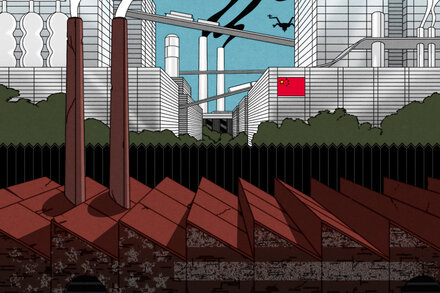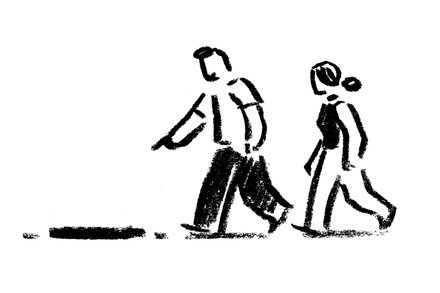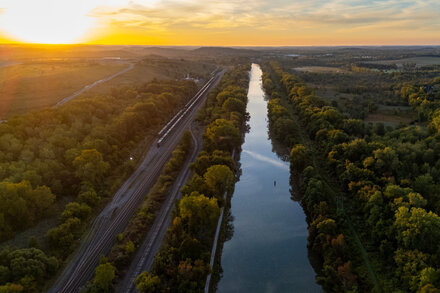HANOI, Vietnam – Typhoon Bualoi has made landfall in central Vietnam, unleashing torrential rains and powerful winds that have tragically claimed the lives of at least 22 people. The storm, which struck the coast on Sunday, has left a trail of destruction, submerging villages, toppling homes, and disrupting vital infrastructure across several provinces.
Authorities reported that the majority of fatalities were due to drowning, landslides triggered by the heavy downpours, and collapsed structures. Quang Nam, Quang Ngai, and Thua Thien Hue provinces appear to be among the hardest hit areas, experiencing widespread flooding that has isolated many communities. Rescue operations are currently underway, with thousands of soldiers and local volunteers mobilized to assist trapped residents and search for missing persons.
Le Van Minh, director of the National Steering Committee for Natural Disaster Prevention and Control, addressed the severity of the situation in a press briefing earlier today.
“Typhoon Bualoi arrived with an intensity we had prepared for, but its sheer volume of rain in such a short period has been devastating. Our immediate priority is to ensure the safety of all residents, evacuate those in danger, and provide essential supplies to the affected areas. The loss of 22 lives is a profound tragedy, and our thoughts are with the families of the victims.”
Initial assessments indicate significant damage to agriculture, with vast expanses of rice paddies and other crops submerged, raising concerns about food security in the coming months. Power outages are extensive, affecting hundreds of thousands of households, and numerous roads and bridges have been rendered impassable, complicating relief efforts.
Impact on Communities
In the coastal district of Hoi An, a UNESCO World Heritage site, the ancient town’s streets were reportedly inundated with floodwaters reaching up to one meter in some areas. While many residents had been evacuated pre-emptively, the returning waters have damaged businesses and homes. Further inland, in mountainous regions, the threat of landslides remains high as the ground is saturated.
“We barely had time to gather our most important documents before the water started rushing in,” shared Nguyen Thi Lan, a resident of Quang Nam province, whose home was severely damaged. “It rose so quickly. We lost everything – our furniture, our livestock. It’s like starting from zero again.”
The Vietnamese government has activated emergency response protocols, deploying relief aid including food, clean water, and medical supplies. International aid organizations have also offered assistance, with some already coordinating with local authorities to assess needs and deliver humanitarian support.
While Typhoon Bualoi has now weakened into a tropical depression and moved further inland, meteorological agencies warn that residual heavy rainfall could continue in central and northern Vietnam over the next 24 to 48 hours, posing further risks of flooding and landslides. Authorities urge residents in affected areas to remain vigilant and follow safety instructions.
Source: Read the original article here.





